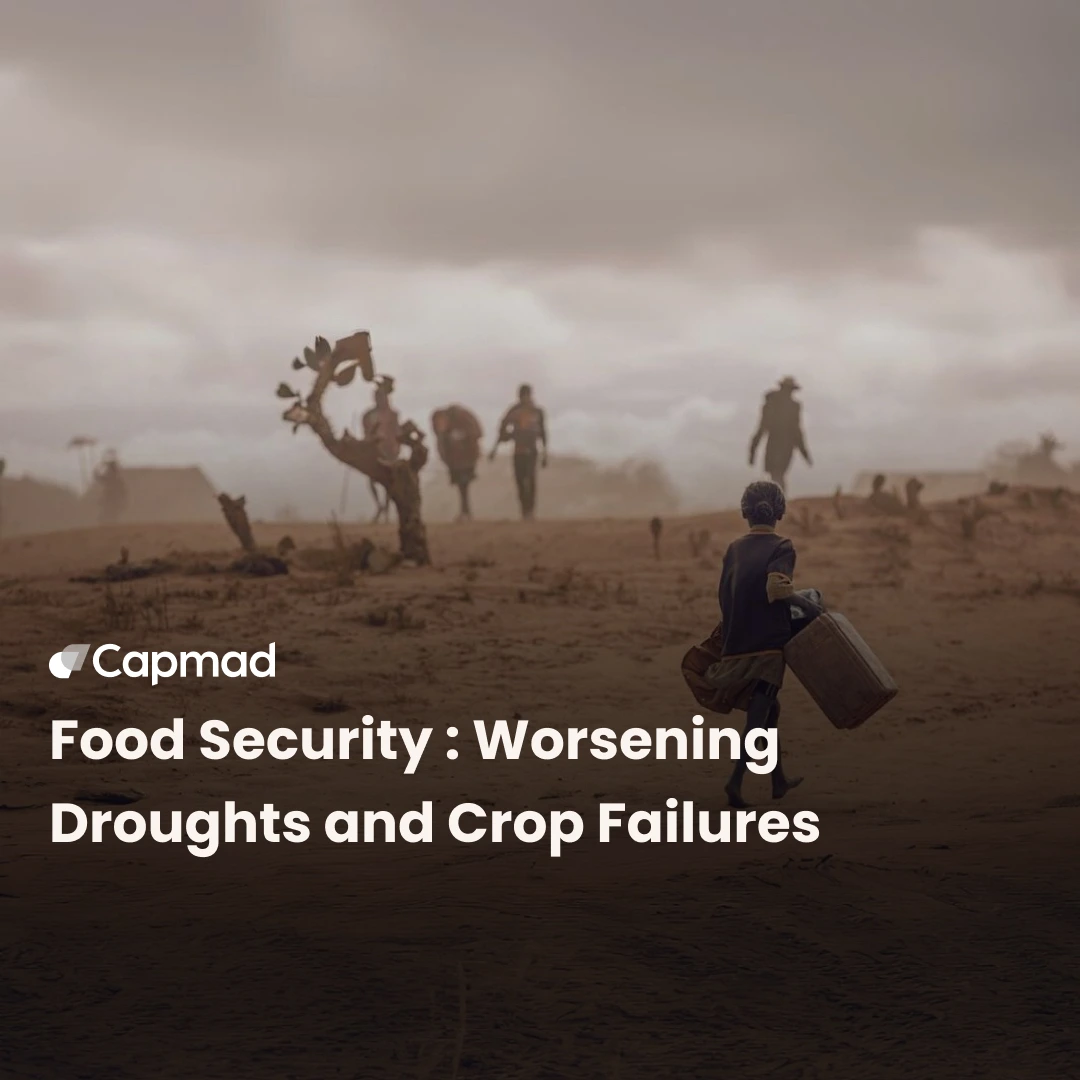Côte d’Ivoire faces major environmental challenges, including deforestation. In response to this issue, the Ivorian government recently announced the creation of an agroforestry zone in Sassandra, an initiative aimed at combating deforestation while promoting sustainable agriculture.
Context of deforestation in Côte d’Ivoire
Côte d’Ivoire has lost nearly 80% of its forests since the 1960s, primarily due to intensive agriculture, illegal logging, and urbanization. According to FAO data, the country recorded a deforestation rate of 3.5% per year between 2000 and 2018. This situation has disastrous consequences for biodiversity, the climate, and the livelihoods of local populations.
In this context, a promising initiative was unveiled by the government in the Sassandra region: the establishment of five permanent agroforestry zones covering a total area of 20,000 hectares. This project is part of the effort to restore the Okromodou Forest Reserve. The project was approved on Friday, March 14, 2025. This initiative has a total expected cost of 42 billion CFA francs, which corresponds to approximately 69.6 million USD.
Creation of the Sassandra Agroforestry Zone
The Sassandra agroforestry zone, covering approximately 10,000 hectares, was designed to integrate sustainable agricultural practices while preserving forest ecosystems. This project, supported by the Ivorian government and non-governmental organizations, aims to restore degraded land and promote the cultivation of food crops and perennial crops.
The initiative is part of the National Development Plan (NDP) 2021-2025. This program emphasizes environmental sustainability and resilience to climate change. The project is expected to benefit approximately 5,000 local farmers, providing them with training on agroecological techniques and resources to improve their production.
Objectives of the Agroforestry Zone
The main objectives of creating this agroforestry zone are as follows.
Combat deforestation: By integrating agroforestry practices, the project aims to reduce pressure on natural forests and restore degraded ecosystems.
Promote sustainable agriculture: By training farmers in environmentally friendly techniques, the project seeks to improve productivity while preserving natural resources.
Strengthen food security: By diversifying crops and improving yields, the agroforestry zone will contribute to strengthening the food security of local communities.
Create jobs: The project is expected to generate jobs in the agricultural sector and related activities, thus contributing to the local economy.
Environmental and economic impact
The impact of creating the agroforestry zone in Sassandra could be significant. Environmentally, restoring degraded land could sequester up to 1.5 million tons of CO2 over a 10-year period, contributing to the fight against climate change. Furthermore, local biodiversity could be enhanced through the replanting of native species and the creation of wildlife habitats.
Economically, the project could generate additional income for farmers through the sale of agroforestry products. It is estimated that farmers could see their income increase by an average of 30% through the adoption of agroecological practices. Furthermore, job creation in the area could reduce the local unemployment rate, which currently stands at around 8%.
Challenges and Opportunities
Despite the potential benefits of this initiative, several challenges must be addressed to ensure its success.
- Farmer outreach: It is essential to involve local farmers from the outset of the project to ensure their buy-in and commitment.
- Financing: Implementing the agroforestry zone will require significant investment. Partnerships with international organizations and private companies may be necessary to mobilize financial resources.
- Monitoring and evaluation: Rigorous monitoring of progress will be crucial to assess the project’s impact and adjust strategies as needed.
Improving the living conditions of local farmers
The creation of the agroforestry zone in Sassandra represents an important step in combating deforestation in Côte d’Ivoire and promoting sustainable agriculture. By integrating environmentally friendly practices, this project could not only restore degraded ecosystems but also improve the living conditions of local farmers.
With strong commitment from the government, NGOs, and communities, this initiative could serve as a model for other regions of the country and beyond, contributing to a more sustainable future for Côte d’Ivoire.






